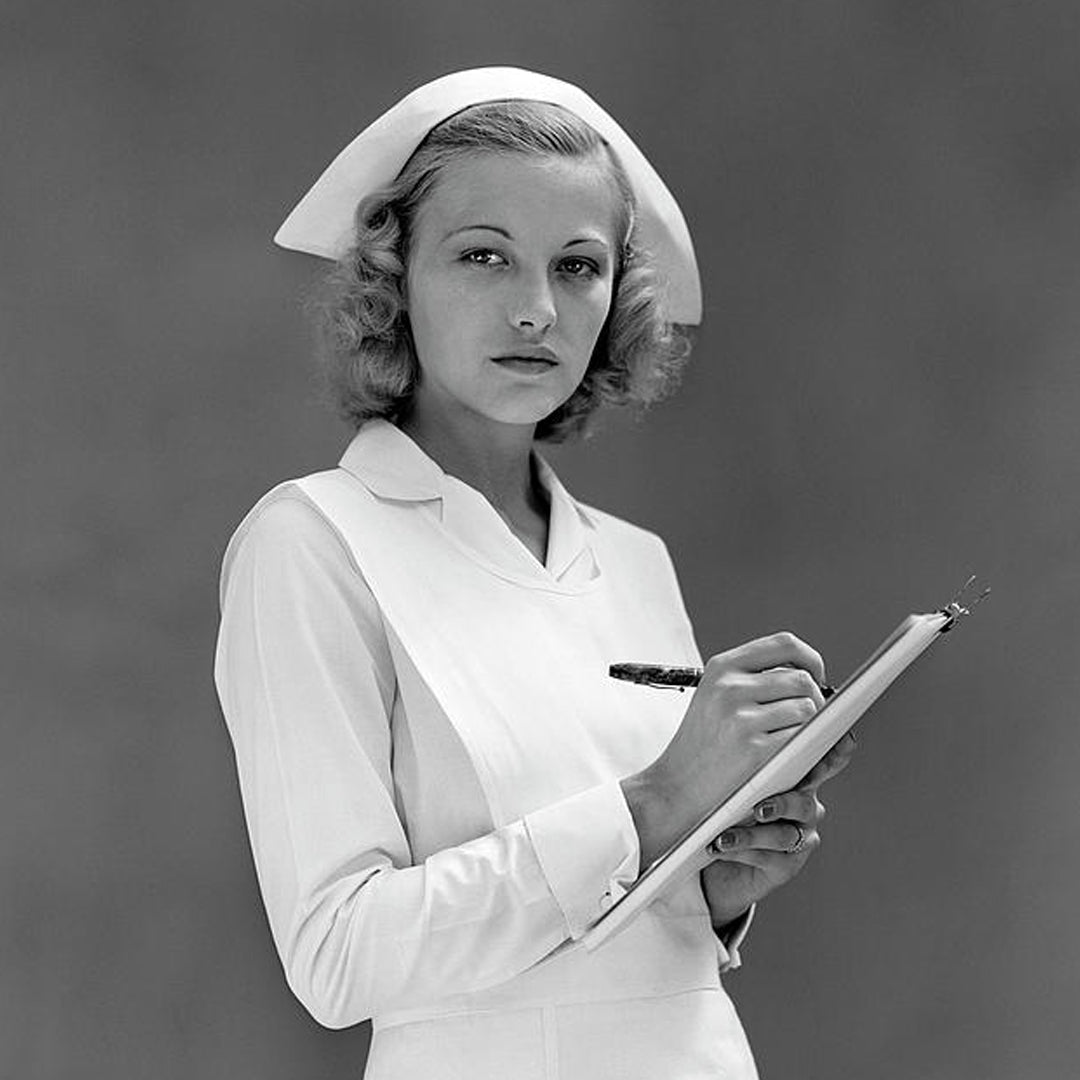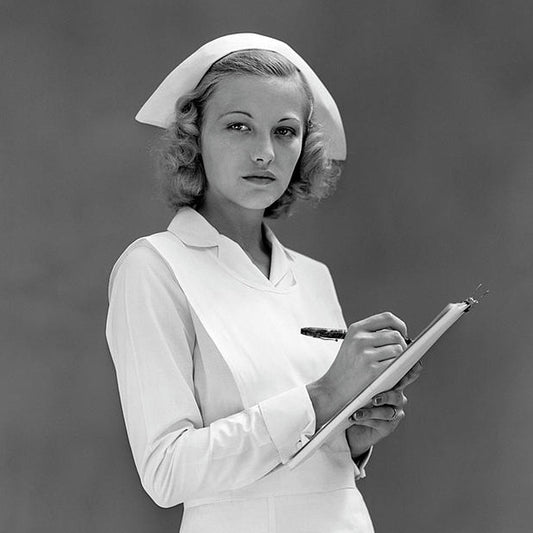
THE SCRUB LIFE
“Medical school graduates owe an average of $243,483 in total educational debt”.
This line was recently published in an article of a well reputed data reporting website which begs the question why do students even choose the field of medicine.
Fulfilling a lifelong passion, a good income and the ability to save a human life are all huge factors that come into play when choosing medicine as a career path. But the first time I was ever able to understand why medicine is such an attractive field was the day I put on my first pair of scrubs. Yes, refute it all you want; but the ability to wear the most comfortable piece of clothing known to (wo)man (PJs) while saving lives and going about your daily routine is why I personally believe that medicine is the best field. Scrubs are the unsung heroes of healthcare fashion. Comfortable, practical, and somehow managing to make everyone look both professional and cute at the same time. To be concise; Scrubs are ‘da bomb’
However it's quite interesting to discover that scrubs weren't always the standard attire for medical practitioners. They've undergone quite the transformation over the years, from starched whites to the colorful, pattern-filled designs we see today. So, let’s scrub up and dive into the history of these iconic garments.

The Pre-Scrub Era:
Blood, Guts, and Aprons
Before the invention of scrubs, doctors and nurses wore their regular clothes into the operating room. And let's please not forget the iconic bird masks and black gown that the plague doctors used to wear. No wonder medicine was closely associated to black magic in those times.
So regular clothes and if they were feeling fancy, they might throw on an apron, as though a splash of blood or bodily fluids were just part of cooking dinner. Not exactly hygienic, but hey, they didn’t know about germs back then.
Sterile fields? Who?
The Dawn of Cleanliness:
1918
By the early 20th century, with the discovery of germs and a growing understanding of infection control, hospitals started to get serious about cleanliness. Doctors traded in their streetwear fashion for sterile white gowns, symbolizing purity and cleanliness. It was the medical version of a white wedding dress — but, you know, with scalpels and blood involved.
Fun fact: the color white turned out to be a bad idea.(Shocker, right?) And in addition intense bright lights of operating rooms reflecting off the white fabric caused eye strain and fatigue for surgeons.
The Rise of Scrubs:
1940s-1960s
The 1940s brought the first versions of what we now recognize as scrubs. They were initially just simple green or blue garments. Why green or blue? Because these colors are easier on the eyes and help reduce eye strain during surgery. Green and blue are also opposite red on the color wheel, making it easier to see blood clearly. Plus, it hides stains better. (Yes, that’s right — scrubs were designed to be blood-friendly!)
These early scrubs were baggy, functional, and not exactly flattering, but comfort was key — and they sure beat the starched white coats of yore.
Fashion Meets Function:
1970s-1990s
By the 1970s, scrubs had taken over hospitals. They became the standard uniform for medical professionals, not just in the operating room, but across the entire hospital. This era also saw the introduction of fun prints and patterns! Nurses and doctors started adding a little personality to their scrubs, trading in the plain colors for florals, cartoon characters, and even holiday-themed designs.
Fun fact: "Scrubs" got their name because they’re worn in areas that need to be "scrubbed" clean before surgery — and, let’s face it, that’s a much better name than “sanitary smocks.”
Scrubs Today:
Comfort Meets Style
Today, scrubs are all about comfort and mobility — with a side of flair. Scrub technology (yes, that’s a thing!) has improved to include breathable, sweat-wicking fabrics. Some even have antimicrobial properties! Pockets, too, have become the unsung MVPs of modern scrubs, holding everything from stethoscopes to snacks. No longer just shapeless uniforms, scrubs now come in fitted, tailored cuts, giving healthcare workers that "just off the runway" vibe while still allowing them to save lives.
Scrubs have also become a statement of individuality. You’ll see everything from superhero prints to minimalist chic designs in hospitals today. And with options in just about every color of the rainbow, scrubs give healthcare workers the chance to express their personality while staying practical.



